A reliable and affordable pin nailer is a must-have for different DIY projects. The Husky model of Pneumatic Headless Pin Nailer may be the perfect tool for you! This tool is designed for both professional and DIY use, and it is incredibly easy to operate. This guide will provide a detailed review of the Husky DPP123 Pneumatic Headless Pin Nailer, as well as an instruction on how to apply and maintain it.
Husky DPP123 Pneumatic, 23-Gauge Headless Pin Nailer
 Looking for a pneumatic nailer that can handle any job, big or small? The Husky PneumaticHeadless Pin Nailer is the right choice for use at home or every workshop. This durable device is perfect for hobby work, jewelry cases, or detailed trim. With the soft grip handle, this Pin Nailer can be used without losing any control.
Looking for a pneumatic nailer that can handle any job, big or small? The Husky PneumaticHeadless Pin Nailer is the right choice for use at home or every workshop. This durable device is perfect for hobby work, jewelry cases, or detailed trim. With the soft grip handle, this Pin Nailer can be used without losing any control.It operates at 60 – 100 psi and features a high-torque motor that makes driving bigger nails easy peasy!
The NPT industrial swivel fitting is perfect for professional contractors at the job site. The pin leaves a nearly invisible hole and can tackle any dense wood with ease, thanks in part to its die-cast aluminum construction that ensures years of reliable use – this nailer will be your true workhorse!
So, whether you’re a professional contractor or a passionate hobbyist, the Husky DPP123 is the nailer for you. Order yours today and get to work on your next project!
Buyer’s guide
What is a Headless Pin Nailer?
Headless pin nailers are a type of pneumatic tool that can be used for driving small, thin nails into wood without the need to place heads on them. This makes it more efficient than other types as there is less risk they’ll split your project up when being driven all day long!
This Husky DPP123 Pneumatic Headless Pin Nailer is one of the best on the market and is perfect for anyone looking to do some woodworking projects at home.
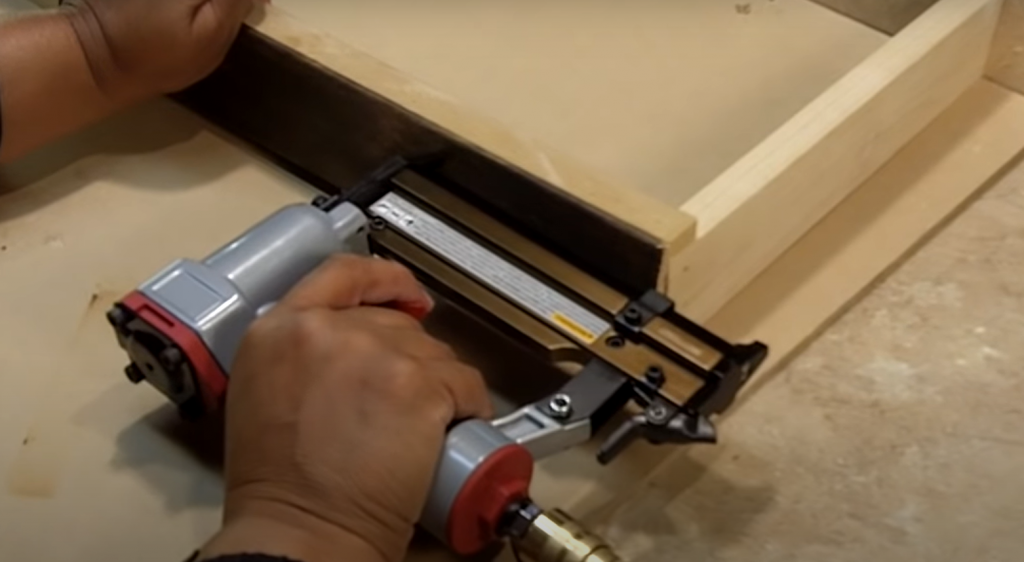
The pin nailer is the perfect tool for those who want to hide their work when nailing down trim or molding. It can be used on delicate projects like making custom doors!
The Husky DPP123 Pneumatic Headless Pin Nailer is a professional-grade tool that will help you complete your next project faster and with greater precision.To get started simply unlock the door on top of each chamber until there’s enough space for all desired materials; then slide in some strips inside before closing it back off again — making sure they fit snugly against one another (nails should not fall out).
Now, you are ready to start nailing. Place the pin nailer against the wood and squeeze the trigger to drive the nail into the wood [1].
When you are finished using the Husky DPP123 Pneumatic Headless Pin Nailer, it is important to clean it and oil it before storing it away.
When it comes to maintaining your pin nailer, there are some simple steps you can take that will help ensure its effectiveness and longevity. First off remove any nails left in the magazine before cleaning according to above instructions. Next use a brush (or similar tool) on those areas inside where debris might have gathered making sure not getting anything else dirty or contaminated along this path. Lastly wipe down both exterior surfaces real well after applying oil if required by owner’s manual- then trigger squeeze again.
Storing the Husky DPP123 Pneumatic Headless Pin Nailer is easy. Simply find a dry, clean place to store it where it will not be exposed to extreme temperatures or moisture.
Types of Pin Nailer
Pneumatic Pin Nailers
The pneumatic pin nailer is the most common type of tool for nailing boards together. Some examples include manufacturing lines and warehouse storage areas where goods may be transported upon arrival from suppliers who use different types of nails. Nail guns that use compressed air are also popular in cabinet-making and woodworking.
Electric Pin Nailers
The electric pin nailer is a great choice for budget-conscious shoppers! It’s portable, powerful, and easy to use in tight spaces. The only drawback?
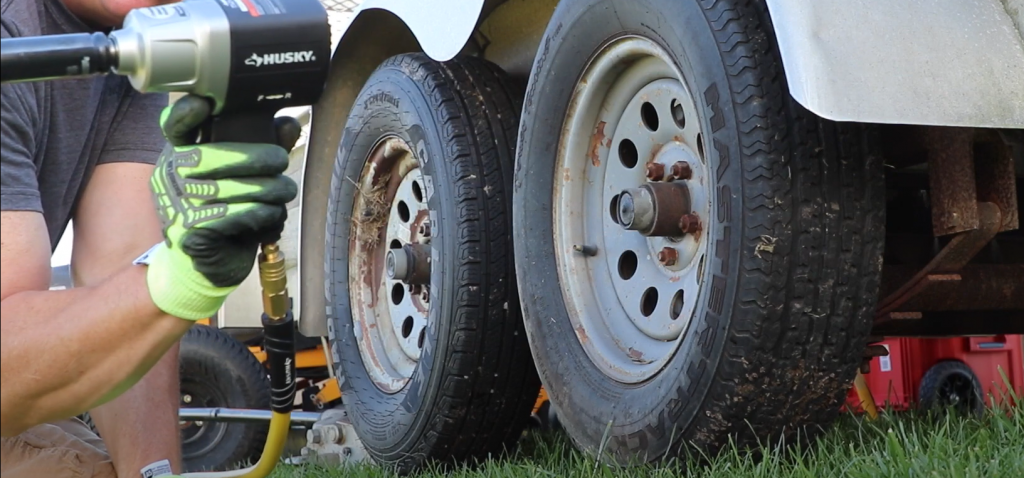
The electric pin nailers are usually used for smaller projects such as arts and crafts. They can be operated with one hand, which is helpful when you are working in a small space [2].
Advantages of Pin Nailer
Small Sized
The Husky DPP123 Pneumatic Headless Pin Nailer is a small-sized pin nailer that is perfect for maneuvering into tight spaces.
This makes the Husky DPP123 Pneumatic Headless Pin Nailer perfect for tasks such as:
- Installing crown molding
- Attaching trim
- Building cabinets
- Doing woodworking projects
The lightweight design makes the Husky DPP123 Pneumatic Headless Pin Nailer perfect for extended use. You can carry it around without getting tired or straining yourself, so when you’re working on a project that requires precision measurements this little guy will be there with his helpful weight distribution! [3].
Smooth Finishing
The Husky DPP123 Pneumatic Headless Pin Nailer leaves a smooth finish and does not leave behind any dust or shavings. The small nails are driven below the surface of your wood, leaving only tiny holes in its thickness for an easy installation process that won’t damage anything nearby!
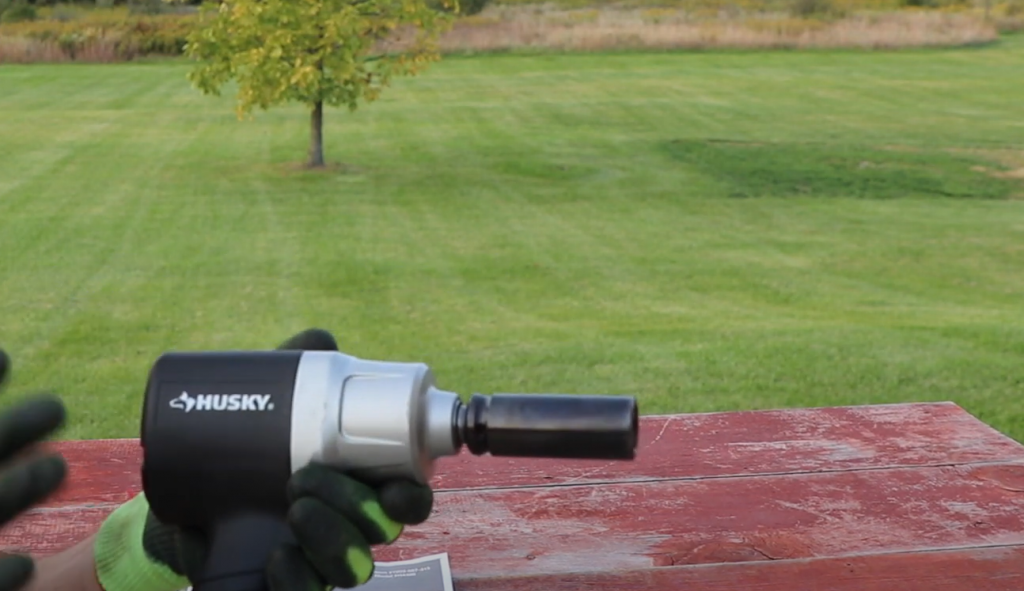
This is in contrast to other types of nailers, such as brad nailers, which leave a larger hole. The smaller holes left by the Husky DPP123 Pneumatic Headless Pin Nailer also mean that there is less chance of splitting the wood.
Disadvantages of Pin Nailer
Minimum Holding Strength
While the name suggests that it is designed for shooting very small nails, a pin nailer can actually only produce pins. These are meant to hold light-duty materials together temporarily and should not be used on anything more permanent or heavy duty since they’re too weak in comparison!
Another potential downside of using a pin nailer is that the nails can be difficult to remove from the wood once they’ve been fired in. This is because the heads of the nails are flush with the surface of the wood, making it difficult to get a good grip on them when you’re trying to pull them out.
Works only 5-cm Thick Surface
If you’re looking for the best way to nail together some pieces of wood, then an air compressor and power drill is exactly what your team needs. The nails will be able penetrate thicker materials with ease because they are larger than most pin size options available on market today; this means stronger connections every time!
Unable to Work on Hard Surface
There is one more potential downside to using a pin nailer that you should be aware of. 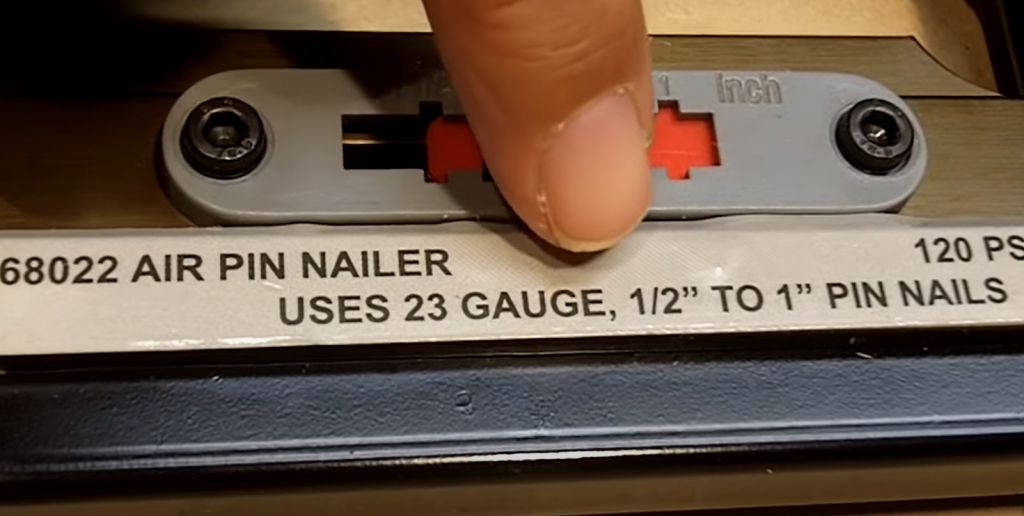 This tool won’t work well on hard surfaces like concrete or brick because the nails are so small, they can’t get enough grip with which to navigate these materials effectively.
This tool won’t work well on hard surfaces like concrete or brick because the nails are so small, they can’t get enough grip with which to navigate these materials effectively.
Pin Nailer vs. Finish Nailer vs. Brad Nailer
If you’re new to the world of pneumatic nailers, you might be wondering what the difference is between a pin nailer, finish nailer and brad nailer. Here’s a quick rundown:
- Pin nailers are the smallest and lightest of the three types of pneumatic nailers. They’re designed for delicate tasks that require very small nails, such as attaching molding or picture frames.
- The finish nailer is a larger and heavier tool that can drive nails up to two inches long. It’s typically used for tasks like trimming or installing cabinets, but it also has some other advantages over the pin variety such as being easier on your fingers when you’re doing precision work with very small details.
- Brad nailers are similar in size to finish nailers, but they can only drive nails up to one and a half inches long. Brad nailers are typically used for tasks like baseboard installation and door trim.
FAQ
What is a micro pin nailer used for?
A micro pin nailer is a specialized pneumatic tool that is used to drive very small, thin nails into wood and other materials. The nails are often used to fasten delicate trim work or molding, or for applications where a smaller nail hole is desired.
How do you load a micro pin nailer?
The first step to loading the nailer is ensuring that your safety fence is in place and turned off. Next, open up those loading chambers so you can add strips of ammo! Place each pointy end into its respective hole as shown above- once they’re all loaded up pull back on that trigger until there’s no more air trapped inside before releasing it altogether.
What is a headless pin?
Headless nails are often used in applications where the head of a nail would be visible, which is why they’re called “headless.” Headlessness helps these small pins fit into tight space and give you more options when designing something with them!
What is the difference between a pin nailer and a nail gun?
Pin Nailers are specialized types of guns that shoot very small nails, perfect for applications where you want the smallest possible hole. They’re often used in delicate trim work or molding and can also be utilized with different kinds of larger nails to perform various tasks depending on your needs!
Can a Brad Nailer use pin nails?
The pin-nailer is the perfect tool for shooting small, thin nails. Brad Nails can’t be used with this type of gun because they don’t have enough power to drive them all the way through hardwood and depth pockets without falling out or getting stuck in front first!
Useful Video: How to Use a Pin Nailer: Beginner Tutorial
Conclusion
The Husky DPP123 Pneumatic Headless Pin Nailer is a fantastic tool for anyone who needs to do some light carpentry or woodworking. It’s easy and user-friendly, with an affordable price tag that will make it perfect if you’re looking into simple home improvement projects such as hanging pictures or repairing furniture! You shouldn’t miss out on this great device – get yours today while supplies last!
References:
- https://baileylineroad.com/pin-nailer-pinner/
- https://toolvisit.com/what-is-a-pin-nailer-used-for/
- https://homesthetics.net/pin-nailer-vs-brad-nailer-101/
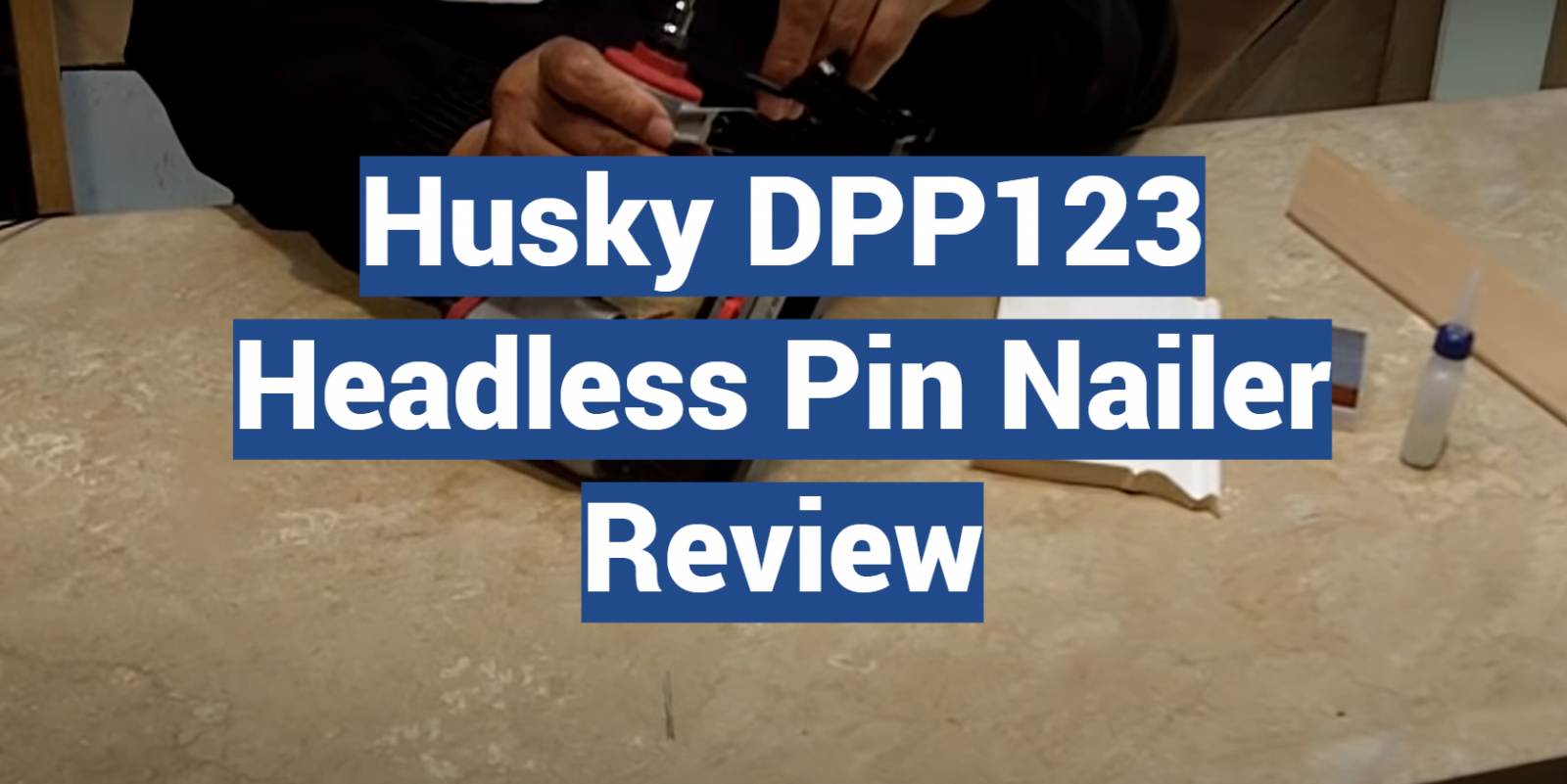
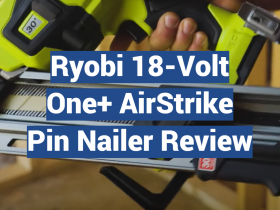
Leave a Reply